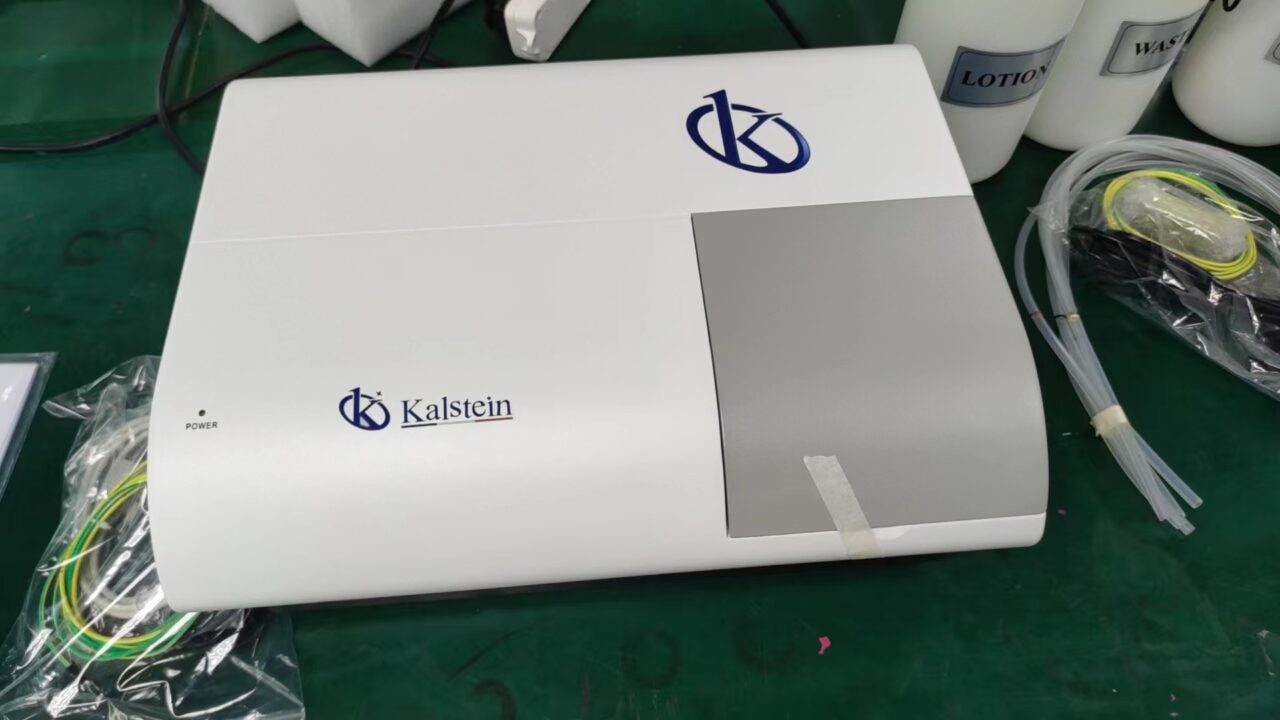In the realm of clinical laboratories, precision and speed in assay analysis are essential. Microplate readers, vital instruments in these laboratories, enable the detection of optical signals in multiple wells of a microplate. This article delves into the importance of these devices, emphasizing their utility and how to choose the best possible equipment based on quality and cost efficiency criteria. If you are considering the purchase or sale of a microplate reader, key aspects such as price and the manufacturer Kalstein should be taken into account. https://kalstein.it/category-product/laboratory-line/microplate-reader/
What is a Microplate Reader and its Relevance in Clinical Laboratories
Microplate readers are devices that allow simultaneous reading of multiple samples, which is critical for high-speed and high-throughput analysis in clinical laboratories. Commonly used for the analysis of biological and chemical samples, these devices are fundamental in enzyme kinetics studies, nucleic acid and protein quantification, and enzyme-linked immunosorbent assays (ELISA).
A microplate reader’s ability to detect light, fluorescent, or colorimetric signals and convert them into quantifiable information not only optimizes laboratory work time but also improves the precision and reliability of the results. Therefore, having high-quality and reliable equipment is indispensable.
Advantages of Using Microplate Readers in Multiplex Assays
The possibility to analyze multiple samples simultaneously provides a significant advantage in terms of time and costs. A single microplate reader can process up to 96 samples or more at the same time, allowing for parallel processing and increased laboratory productivity.
Microplate readers provide consistent and reproducible results, reducing human variability and operational errors. This high level of precision is crucial in critical clinical applications and research.
Cost and Budget
Although the sale of these devices may have a significant initial cost, it is essential to evaluate the price-quality ratio and long-term benefits. Companies like the manufacturer Kalstein offer equipment with an excellent price-quality ratio, allowing for an appropriate and competitive return on investment in the market.
It is crucial to determine the exact functions needed by the laboratory, such as detection types (absorbance, fluorescence, luminescence), plate capacity, and processing speed. Versatility in programming and data analysis is also an aspect to consider in the purchase of a microplate reader.
The Importance of the Manufacturer in Equipment Selection
The manufacturer Kalstein stands out in the industry by offering equipment that combines advanced technology, precision, and durability. Choosing a recognized manufacturer not only guarantees the quality of the equipment but also ensures excellent technical support and maintenance, which is crucial for the continuous operational functioning of the laboratory.
An important feature is technical support and post-sale service. Ensuring that the manufacturer offers good backup, such as training and regular maintenance, is essential for the efficient and prolonged operation of the equipment.
Technical Considerations for Optimizing the Use of Microplate Readers
Regular maintenance and proper calibration of the equipment are fundamental to ensure the accuracy of the results. Microplate readers should be calibrated frequently to maintain their accuracy and optimal functioning.
The ability of the microplate reader to integrate with data management and analysis software is a significant advantage. This provides greater flexibility and efficiency in interpreting and managing the obtained results. If you want to know the high-end product catalog that KALSTEIN has for you, visit us at https://kalstein.it/
The Ideal Choice for a Microplate Reader in Your Laboratory
Choosing the right microplate reader for your clinical laboratory is not a simple task, but it is crucial to guarantee precise and efficient results. Considering factors like price, specific functionalities, and the reputation of the manufacturer Kalstein, as well as post-sale support, are essential actions that will contribute to a successful **purchase**. If you are interested in selling these devices, highlighting these characteristics can be an effective strategy to attract potential clients looking for quality and efficiency in their laboratory work. Investment in a good microplate reader will result in reliable results and optimization of time and resources, affirming the importance of this equipment in modern clinical laboratories.

